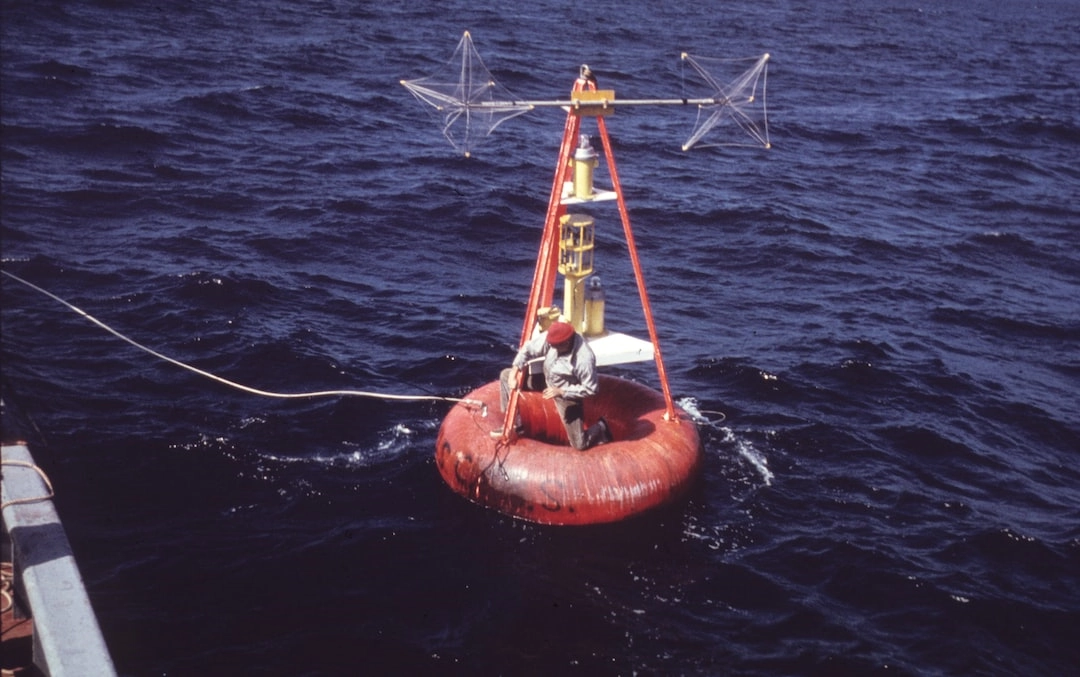
What is Climate-Conscious Recreation?
Climate-conscious recreation refers to engaging in recreational activities while being mindful of their impact on the environment. It involves making conscious choices to reduce greenhouse gas emissions, minimize waste production, and preserve natural resources, without compromising on the enjoyment and accessibility of these activities.
Real-World Problems Associated with Climate-Conscious Recreation
While climate-conscious recreation aims to promote sustainable practices, there are several challenges and obstacles that individuals, organizations, and communities face in achieving this goal.
1. Limited Awareness and Education
One of the primary issues is a lack of awareness and understanding about the environmental impacts of recreational activities. Many people may not realize the carbon emissions, resource consumption, and waste generation associated with various forms of recreation.
2. Transportation Emissions
A significant contribution to the carbon footprint of recreational activities comes from transportation. Whether it’s driving to a hiking trail or taking a flight for a vacation, the emissions generated during travel can have a considerable impact on the environment.
3. Infrastructure and Resource Management
The development and management of recreational infrastructure can also pose environmental challenges. Construction and maintenance of facilities, such as ski resorts or golf courses, can result in habitat destruction, water pollution, and increased energy consumption.
4. Waste Generation
Recreational activities often generate a significant amount of waste, including food packaging, disposable items, and litter. Proper waste management and recycling facilities are essential to mitigate the environmental impact of these activities.
5. Disruption of Ecosystems and Wildlife
Some recreational activities, such as off-road driving or camping in sensitive ecosystems, can cause damage to habitats and disturb wildlife. Protecting natural areas and ensuring responsible behavior among recreationists is crucial to preserve biodiversity.
6. Balancing Conservation and Recreation
Finding a balance between the conservation of natural areas and allowing public access for recreation can be challenging. Strict regulations may limit recreational opportunities, while uncontrolled access can lead to overuse and degradation of fragile ecosystems.
Addressing these real-world problems requires a collaborative effort from individuals, recreation providers, and policymakers. By raising awareness, promoting sustainable practices, and implementing appropriate regulations and infrastructure, it is possible to achieve a balance between enjoying recreational activities and preserving the environment.

Solutions for Climate-Conscious Recreation
1. Increasing Awareness and Education
Education and awareness campaigns are crucial in promoting climate-conscious recreation. By disseminating information about the environmental impacts of recreational activities, individuals can make more informed choices and understand the importance of sustainable practices.
2. Sustainable Transportation Options
Promoting sustainable transportation options can significantly reduce emissions associated with recreational travel. Encouraging carpooling, public transportation, or even biking and walking to recreational areas can help minimize the carbon footprint.
3. Sustainable Infrastructure and Resource Management
Designing and managing recreational infrastructure in an environmentally friendly manner is essential. This includes using renewable energy sources, implementing efficient waste management systems, and minimizing water and resource consumption in recreational facilities.
4. Waste Reduction and Recycling
To tackle waste generation, it is crucial to promote practices such as pack-in pack-out and proper disposal of waste. Providing recycling facilities and encouraging the use of reusable items can also contribute to reducing the environmental impact of recreational activities.
5. Responsible Recreation Practices
Emphasizing responsible behavior among recreationists is vital for safeguarding ecosystems and wildlife. This can include respecting wildlife habitats, staying on designated trails, and adhering to guidelines to prevent damage to fragile environments.
6. Sustainable Conservation and Access Balancing
Finding a balance between conservation efforts and public access to recreational areas requires collaboration among stakeholders. This involves developing policies and regulations that ensure both the enjoyment of recreational activities and the protection of natural ecosystems.
By implementing these solutions, we can work towards a future where recreational activities are enjoyed in harmony with the environment, allowing us to appreciate nature while preserving it for future generations.















